Written Doug Scott
Historians believe that kayaks have been around for more than 4,000 years. They were developed by the Inuit of the arctic regions primarily as a platform from which to hunt. It wasn’t until the mid 1800s in Europe that kayaking became a sport. And it is a sport that continues to grow. According to the Outdoor Industry Association, in the United States all forms of kayaking have seen year over year growth since 2006. And to me, that’s no surprise. The exhilaration of paddling through class 5 rapids, the thrill of seeing a whale blow or simply enjoying a day on a quiet lake; these are perhaps all best experienced in a kayak.
A few terms will crop up when discussing kayaks. Some of the more important ones are briefly described here:
• Rocker refers to how upswept the bow and stern are. The more rocker a boat has, the easier it is to turn, but also harder to keep it on track.
• A skeg is a blade that drops down from the back of the boat and is meant to help the boat track straight. Mostly found on sea kayaks where they can be lifted and recreational kayaks where they are part of the hull.
• Rudders are often used in place of skegs to steer the boat. Rudders are controlled by foot pedals connected to the rudder by cables.
• Chine refers to the shape of the hull. A soft chine has a rounded hull and a hard chine has hard edges on the hull.
• Stability is discussed in terms of initial and secondary stability and it is often a trade-off between the two. A boat with high initial stability will feel stable as soon as you sit in it. A boat with low initial stability will feel tippy. Secondary stability comes into play when the boat is tipped on its edge. A boat with low secondary stability does not sit on its edge very well and may flip. Conversely, a paddler in a boat with high secondary stability can stay on edge very comfortably.
Kayaks can be very loosely grouped into four categories. Of course some manufacturers use different categories but for the purposes of this article the categories are white water kayaks, fishing kayaks, touring (or sea) kayaks and recreational kayaks. And each of these groups can be sub classified further. Unfortunately there is no such thing as an all around kayak that can be used on every type of water. In fact it can be quite dangerous for example to use a recreational kayak on the ocean, or a touring kayak in white water.
Whitewater Kayaks – Just like their title implies, these kayaks were designed for use in whitewater, whether it is in rapids or fast flowing rivers and creeks. These boats are relatively short (6 feet to 8 feet long) and are designed to fit the paddler very snugly. They are flat-bottomed which makes them easy to turn. With some practice they can be rolled back upright when tipped. Most whitewater kayaks are manufactured from plastic for toughness.
Fishing Kayaks – Kayak fishing has become very popular in the last few years and kayak manufacturers are offering dedicated fishing boats. These kayaks are in the 12 to 14 foot length, also primarily plastic. They are relatively wide for kayaks, giving them a high initial stability. They are kitted-out for anglers with rod holders and usually a wet well.
Touring Kayaks – Touring (or sea) kayaks are from 16 to 18 feet long. They will have either a drop down skeg or a rudder. Unlike whitewater boats, these kayaks are designed to track straight. They often have medium to low initial stability and high secondary stability. They are manufactured from plastic or composite materials like fiberglass or carbon fiber. Most sea kayaks have water proof sections in the front and back for storing food, camping gear, etc. for multi day trips. Touring kayaks are designed to be taken on the ocean.
Recreational Kayaks are everything else. They typically are from 10 to 14 feet long with a high initial stability. There is a class of recreational kayaks called sit on tops. Sit on tops are just as they say; they do not have a cockpit to sit inside but are a bit like a surfboard with sides. Recreational kayaks are also mostly plastic and can come with or without rudders or skegs. It is not expected that a recreational kayak would be used on the ocean or in rapids, but in more protected areas like lakes and rivers.
All of these types of kayaks are offered as tandem boats where there are two paddlers.
One of the best parts of kayaking is that there are no complicated skills to learn in order to enjoy the sport. Basically you put the paddle in the water, pull it back and the boat goes forward. However, knowing the basics of paddling strokes will make kayaking less tiring and much more enjoyable.
The stroke you will be using the most often is the forward stroke. Put the paddle blade in the water at about your toes, pull the blade straight back and remove it at your hips. You should concentrate on using your stronger core muscles rather than your shoulders. Engage your core in this stroke by twisting your body along the same side as the paddle. Do this by imagining that you are holding a beach ball between your paddle and body. You don’t want to either squeeze the ball or let it drop.
The sweep stroke is used to turn the boat. Again, the paddle enters the water at your feet. This time, instead of pulling the paddle along the side of the boat as in the forward stroke, pull it away from the boat at about a 20 to 30 degree angle, pulling the blade out of the water as it approaches the stern of the boat. The paddle will make a semicircle. Again, use your core. As you get more comfortable in your boat, leaning a bit on the same side as the paddle will decrease the turning radius.
The reverse stroke is used to slow or stop the boat or even paddle backwards. It is essentially the opposite of the forward stroke. Place the paddle in at your hips and push the paddle toward the front and remove the blade from the water at your toes. Again, use your core.
Some comments should be made about kayaking equipment. The most important piece of equipment is your personal flotation device (pfd or life jacket). Every jurisdiction has its own laws regarding the use of pfd’s but the best advice is wear it! They save lives. Kayaking pfd’s are very comfortable so get one that fits you well, cinch the straps tight and be confident that if it does happen that you tip over you don’t have to try to pull it on in what might be very cold and rough water. Some jurisdictions also require other safety equipment be onboard such as a rope and a bailing device. Check with the appropriate authorities for the area where you are paddling for the applicable laws.
Paddles come in a wide range of materials and corresponding weights and costs ranging from complete carbon fiber to aluminum and plastic combination. The shafts can be straight or be ergonomically designed with a bend so the wrist is at a more comfortable position. Shafts come in varying diameters to accommodate different hand size. They are also different lengths. You should spend some time trying different paddles and get the best one you can afford. You will be making an awful lot of paddle strokes with it.
Most kayaks, with the exception of sit on tops, are equipped with spray skirts. A spray skirt is a skirt worn around the waist and the lower portion has an elastic band that wraps over a ring around the cockpit, creating a barrier between the paddler and the water. Skirts are generally neoprene or nylon. Nylon skirts are designed to keep any splash off your lap. They are rarely tight enough to keep a paddler in their boat if it tips. They are also not waterproof. Neoprene skirts are usually a lot tighter and more waterproof. They will hold during a kayak roll so neoprene skirts are used almost exclusively by whitewater kayakers.
Like any activity on the water, safety is paramount. Always check the marine weather before heading out. If the forecast is for high winds you may want to opt for a hike instead. Leave a float plan with a responsible person saying where you are going and when you expect to get back. And your pfd is always your best protection in case the situation deteriorates.
There is a significant expense to getting into kayaking so before you buy equipment, make sure that what you purchase is right for you. Booking a trip with a kayaking outfitter is a great way to get an introduction to the sport without a large cash outlay. Taking a kayaking course with an experienced instructor will help also help you understand the sport as well as give you the skills and confidence to paddle safely. Many outdoor stores have gear nights where you can try the equipment before you buy it. Most communities with a large kayaking population will also have a paddling club.
There are many reasons people kayak. There is the exercise of course. And paddling with friends can be a great social event. But maybe the best reason is that in a kayak we experience nature with all our senses in a way that’s impossible on land. The water is not our natural environment so we need to stay more aware and the things around us appear that much more vibrant.
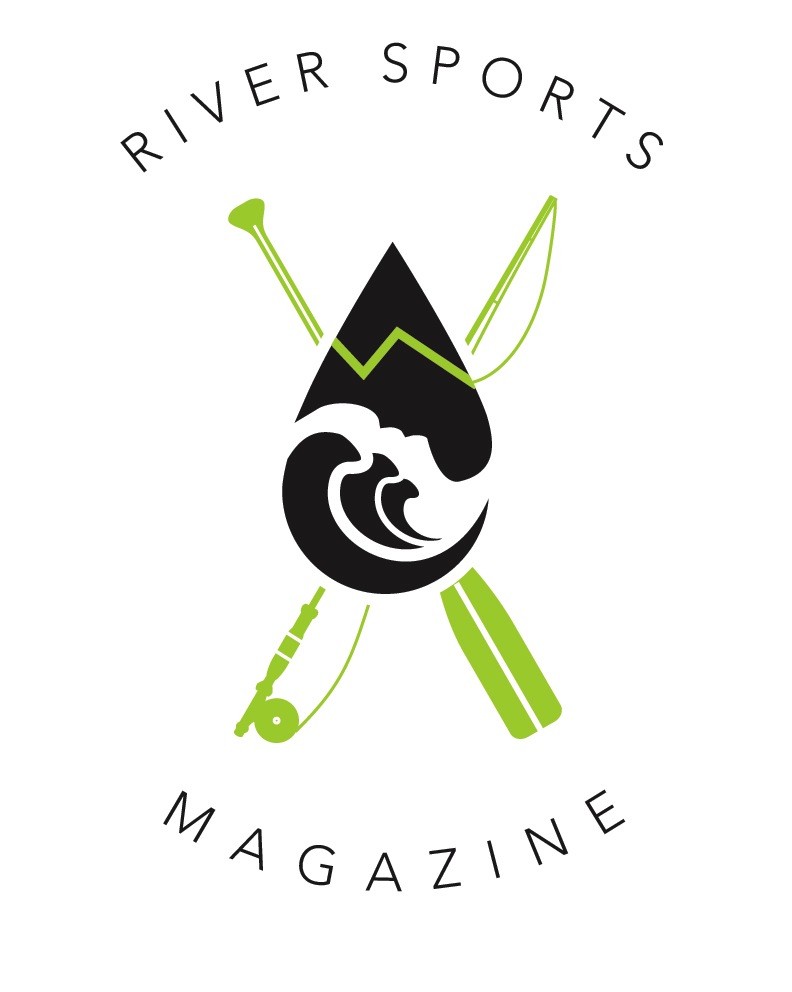
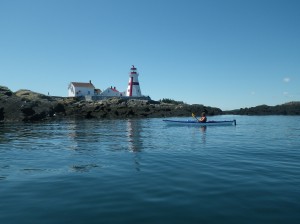
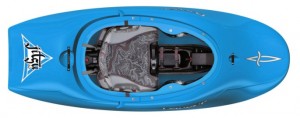







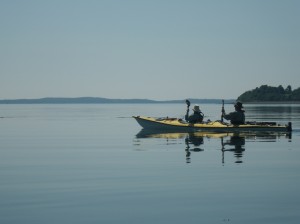
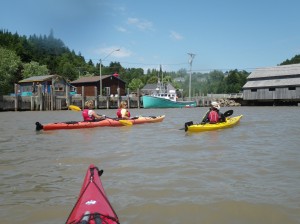
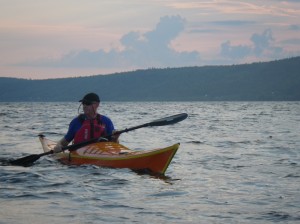

Leave a Comment